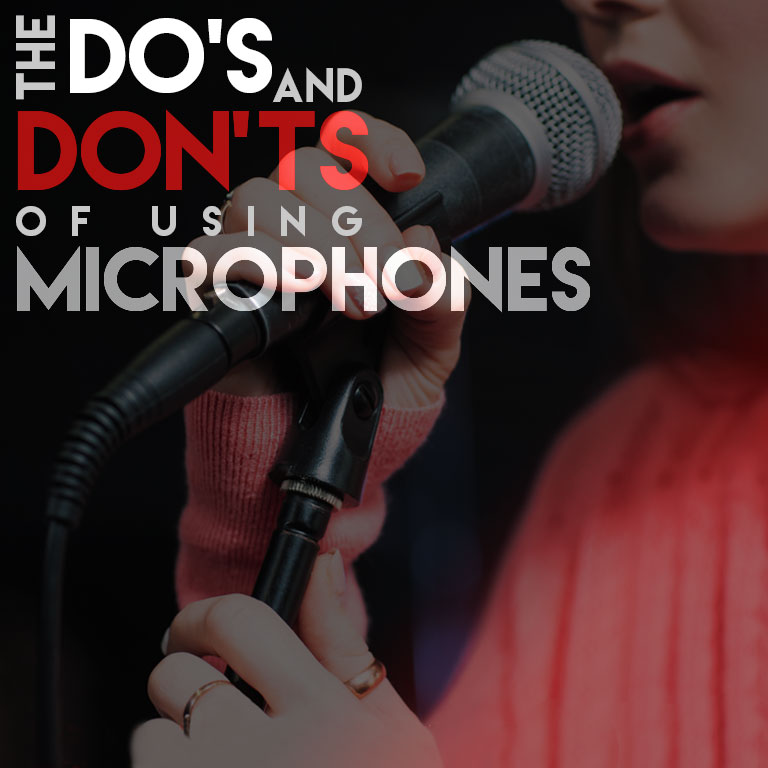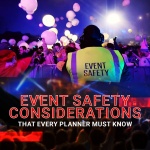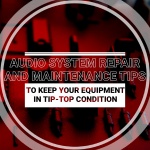
Besides the screeching sound of the blackboard against your fingers, there’s nothing more annoying and irritating than the sound of a feedback noise. This often occurs due to microphone mishandling and single-handedly, it can ruin the impact and impression of the event. While we all accept that most of the time this happens by accident, we nevertheless can’t deny that it could have been prevented with proper practice of mic handling.
Aside from feedback noise, there are other problems that may happen at the event that involves using microphone: the speaker is not heard evenly across the venue, the mic amplifies even the breathing of the mic user’ and a lot of other unnecessary noises. To avoid all these unwanted sounds while carrying out your event, follow this quick list about the Do’s and Don’ts of using Microphones.
1. DO NOT tap, blow into or hit the microphone to check if it’s working. Neither ask “is this thing on” using the mic itself. Instead, DO test it beforehand and coordinate with the sound guy to adjust the pa system accordingly.
Making unnecessary sound with the mic when you tap, hit or blow into it makes the event less impactful because it reflects how unprepared the sound system team is. To avoid this unappealing scene, test all the microphones in advance.
2. DO NOT cover the mic as you hold it. Instead, DO hold it half way its handled, with care
Covering the head of the mic like what rappers and beatbox performers do affects how your voice is amplified. If you’re into delivering a lecture or performing with your natural timbre, securely hold the mic on its handle.
3. DO NOT touch the mic with your lips. Instead, DO keep the mic pointed towards your mouth.
The mic’s head is not as sanitary as you wish it should be. As such, don’t place it very near your mouth to the point of touching it with your lips. Instead, keep the mic pointed to your mouth to keep your voice amplified.
4. DO NOT hold the mic on your chest. Instead, DO keep a constant mouth-to-mic distance of about 6-12 inches.
If you’re too close to the mic, it will amplify your hisses, sigh, and breathing. If too far, the audience won’t hear you. While no rules are set on the distance of the mic to your mouth, a standard is to keep 6-12 inch distance. Don’t get tempted to lower the mic at your chest level if your arms feel tired. Instead, switch hands and keep the mic’s correct distance.
5. DO NOT make sound adjustments when the mic is on. Instead, DO mute or turn off the mic or speakers when doing some adjustments.
If you need to reposition the mic, change the battery, or switch microphone unit, don’t forget to turn off the microphone first, so you won’t make any unnecessary noise. Another option is to request the sound guy to mute the speakers instead.
6. DO NOT point the mic to the audience or to your presentation. Instead, DO keep it stationary.
Swinging or waving the mic to point at your slide or to the audience may cause feedback noise. Use the right tools like a presenter if you want to point at something in your slide, and an alternative mic if you want to hear from your audience.
7. DO NOT clear your throat or sigh while using the mic. Instead, Do point it away if you have to cough or clear your throat.
It is not pleasant and polite to amplify your coughing or clearing your throat.
Did you find this article useful? Got other tips to share? Let us know by leaving a comment below.
Learn more industry tips and updates by visiting our blog.





